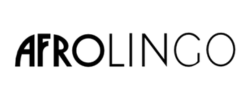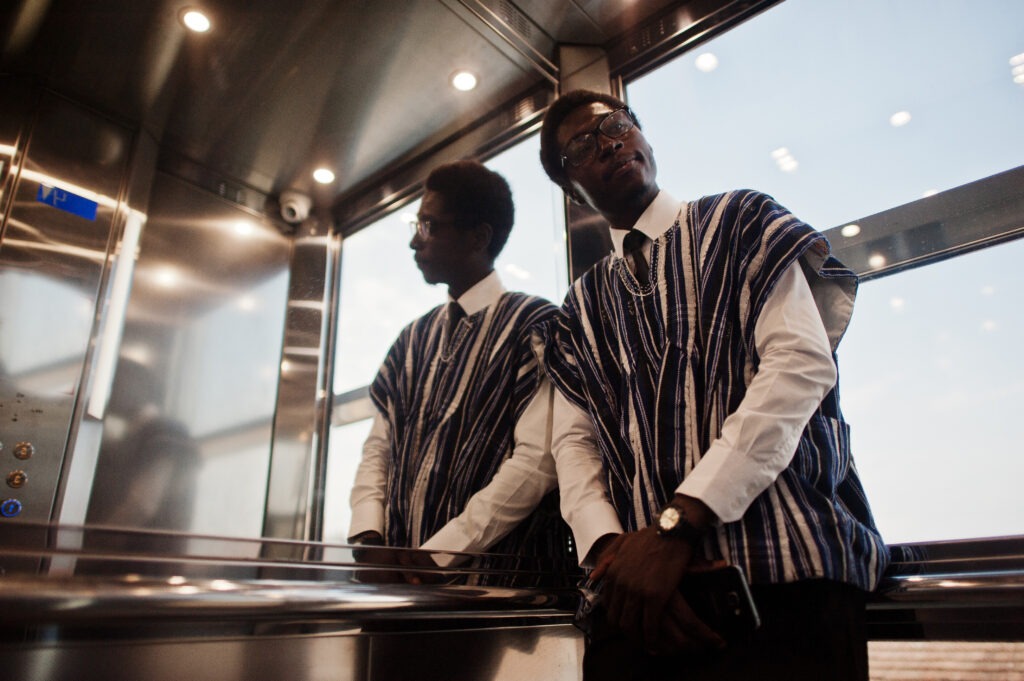Global giants like Gerber, Unilever, and Nestlé have successfully ventured into almost all markets …except the African Market! Why? Simple, they underestimated the power of localization!
Gerber thought they could sell baby food in Africa with their iconic baby-faced packaging. However, some local consumers thought they were selling jars of ground-up babies! While Unilever and Nestlé recently scaled back operations across Africa after failing to adapt their Western business models to local realities!
Africa isn’t just a market—it’s 54 distinct economies, each with unique languages, payment habits, and cultural codes. To thrive here, localization is not optional; it is a breath of life for survival! So, if you are looking to make a genuine connection with African audiences, these crucial African market localization best practices are your launchpad for success. Let’s dive in!
Prioritize Market-Specific Localization (Not Just Translation)
Africa is home to around 1,500 to 2,000 languages. While major languages like Swahili, Hausa, Arabic, English, and French act as lingua francas in various regions, the depth of connection comes from acknowledging local languages where practicable.
This is a cornerstone of African market localization best practices; translation gets you words, but localization gets you customers. Your target market in South Africa responds differently than your audience in Nigeria, Kenya, or Morocco.
Adapt Cultural Nuances
Go beyond literal translations; understand and respect local customs, values, idioms, and even the preferred tone of voice. What’s humorous or engaging in one culture might be confusing or offensive in another.
Take Coca-Cola’s approach in different African markets, for example. In Ethiopia, they adapted their messaging to align with coffee culture, while in Morocco, they respected Ramadan traditions in their marketing campaigns. Also, brands like KFC Ghana thrived by launching Kenkey & Chicken—a dish mirroring local street food. And Dominos Nigeria’s Jollof Rice Pizza tapped into a national culinary obsession.
Localize Beyond Words
Your visuals, including images and videos used in your digital presence or marketing materials, must reflect the local culture. Use faces, settings, and scenarios that local audiences can identify with.
Pay attention to gestures and non-verbal cues depicted, as these also vary widely. You should also consider the portrayal of family structures, social interactions, and even fashion. Colors, too, carry different meanings across African cultures.
In Yoruba traditions, white represents purity and spirituality, commonly worn during religious ceremonies, while in South Africa, red has been adopted as a color of mourning, representing the bloodshed suffered during the Apartheid era. Effective African market localization best practices demand this level of detail.
2. Build for Multilingual UI & UX from the Ground Up
Your brand’s digital presence needs to handle Africa’s linguistic diversity with precision. Building multilingual interfaces is a must, and this is not just about adding language switchers—it’s about creating seamless experiences that feel native to each market.
Key technical considerations for African market localization include:
· Text expansion planning: Swahili translations often run 20-30% longer than English, while Arabic requires right-to-left layout support across North Africa. Your UI needs flexibility to handle these variations without breaking.
· Language-specific technical requirements: Arabic markets in North Africa need proper right-to-left text flow, while languages like Amharic require Unicode support for unique characters. Your development team needs to plan for these requirements from day one.
· Culturally contextual interface elements: A “Submit” button that works in English might need to be “Send” or “Confirm” in local languages to feel natural. Your localization best practices should include testing with native speakers who understand local digital habits.
· Offline functionality optimization: Internet connectivity is inconsistent across many African markets, so your localized applications should work smoothly even with limited bandwidth. Prioritize features that work well on low-bandwidth connections. Consider Progressive Web Apps (PWAs) that offer offline access to certain content or features.
For some services, USSD (Unstructured Supplementary Service Data) interfaces, which work on feature phones without an internet connection, can still be a relevant channel for reaching a wider target audience. These considerations are vital for effective African market localization best practices.
3. Adapt to Local Payment Preferences and Marketing Strategies
Payment localization can make or break your African expansion. Understanding and integrating local preferences, especially regarding payment methods and how consumers respond to marketing campaigns, is fundamental to any successful market expansion strategy in Africa.
These elements are central to your brand localization strategy and directly impact your ability to connect with your intended target audience.
Payment Integration
While traditional banking is growing, mobile money is the real deal across many areas of Africa. According to GSMA’s “State of the Industry Report on Mobile Money 2025“, the continent processed 66% of global mobile money transaction value in 2024, totaling $1.1 trillion, with mobile money transactions surging 15% in 2024. Mobile money users now exceed half a billion globally, with Africa leading this revolution!
Services like M-Pesa in East Africa, MTN Mobile Money, and Airtel Money have revolutionized transactions. In South Africa, card payments are more prevalent (debit cards accounted for 58% of online transactions as of early 2024), but even there, e-wallets and QR code payments are on the rise.
Your African market localization best practices must include offering a range of popular local payment options suitable for your business model.
Tailored Marketing Campaigns
Generic global campaigns don’t really hit the mark with the African markets. Your marketing materials and offers should reflect local realities, aspirations, and even seasonality as seasonal patterns vary dramatically across the continent. While South Africa follows Southern Hemisphere seasons, North African markets align with European patterns. That’s why your promotional calendar should reflect local rhythms, not global ones.
Also, social media platforms’ usage patterns differ significantly. While Facebook has a broad reach, TikTok is seeing explosive growth, especially among younger demographics. However, the order is a bit different in South Africa as WhatsApp is the most used platform (93.8% of active users in early 2025), followed by Facebook (88.6%) and then TikTok (76.9%).
4. Embrace a Mobile-First (and Offline-Considerate) Strategy
The African continent isn’t just mobile-friendly; in many regions, it’s mobile-dominant! The mobile-first nature creates unique opportunities and challenges for your target market.
Southern Africa leads with 77% internet penetration, while Northern Africa reaches 73%, but connectivity quality varies dramatically across regions. Implementing African market localization best practices means designing for mobile as the primary platform for your digital products or services.
· Optimize for Mobile: Africa leads in mobile device web traffic, and it’s forecast to be an almost exclusively mobile-based market by 2040. This means responsive design is the absolute minimum.
· Data Sensitivity: Be mindful of data consumption. Offer data-saving modes, clearly indicate download sizes, and avoid auto-playing heavy media. This respect for users’ data costs builds trust and improves accessibility for local audiences.
5. Invest in Market Research and Continuous Local Testing
Africa’s diversity cannot be overstated. What works in Nigeria may not work in Kenya, and what succeeds in urban Egypt might fail in rural Ethiopia. This is why thorough, ongoing market research and local testing are indispensable African market localization best practices.
· Deep Dive into Specific Markets
Before launching, conduct in-depth market research for each specific target market. Successful brands adopt a crawl-walk-run approach: validate in one market, refine based on local feedback, and then replicate across culturally aligned regions.
· Engage Local Talent
Employ local linguists, cultural consultants, and marketers. Their insights into the local culture and local languages are invaluable. This is important to effective translation and localization services.
· Iterative Testing with Local Audiences
Don’t just launch and hope for the best! Continuously test your localized content, UI/UX, marketing campaigns, and overall customer journey with real users from your target audience.
Use A/B testing, surveys, and focus groups to gather feedback and iterate. This iterative process of adapting is your best option for refining your approach and ensuring cultural relevance. The goal is successful brand localization, which is an ongoing effort.
Ready to Localize Your Brand for African Markets?
Implementing these African market localization best practices requires expertise and cultural precision. The difference between market success and costly mistakes often comes down to working with professionals who understand Africa’s linguistic and cultural complexities.
AfroLingo specializes in capturing meaning, tone, and culture with 4 ISO certifications guaranteeing quality and security. Whether you need website localization, mobile app adaptation, or culturally attuned marketing materials, AfroLingo will help you you speak directly to the heart of your target market across African markets!
FAQs
What are translation and localization services?
Translation accurately converts text from one language to another. Localization goes further, comprehensively adapting your entire product, service, or content—including visuals, formats, and cultural nuances—to meet the specific linguistic, cultural, and technical needs of a target market. It’s key to effective African market localization best practices.
Why combine translation and localization?
For diverse global markets like Africa, translation alone isn’t enough. Localization ensures your offering feels “local,” truly resonating with your target audience by respecting their local culture and preferences. This builds trust, improves user experience, and drives better results, making it essential for successful brand localization and achieving cultural relevance in the local market.


